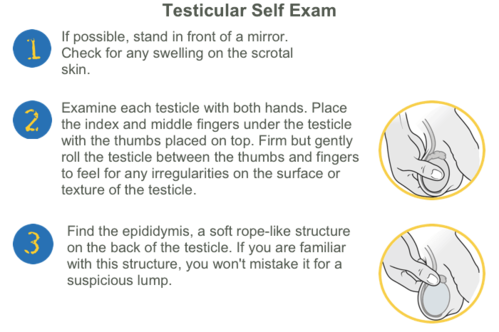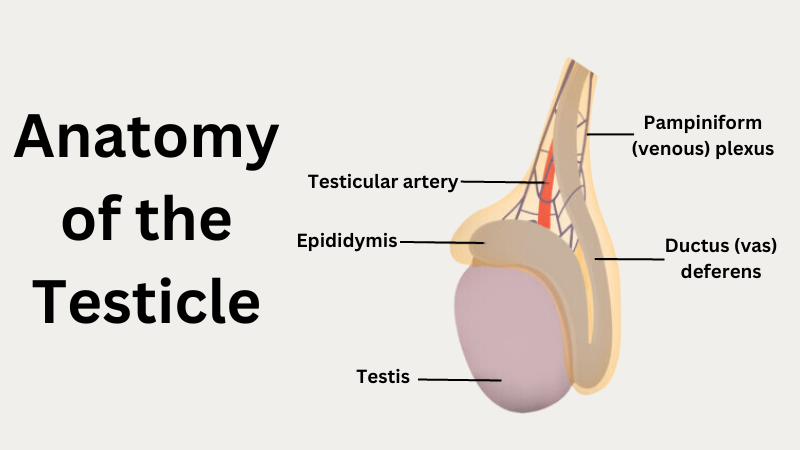What is a Testicular Self-Exam (TSE)?
A testicular self-exam is an exam you can do on yourself to check your testicles. Doing a testicular self-exam can help you get to know what your testicles (commonly called “balls”) feel like. By doing this regularly, you can notice any new lumps, bumps, or changes in how they feel.
Why should I do a Testicular Self-Exam?
Testicular cancer affects 1-2% of people assigned male at birth (AMAB). It’s very curable when caught early. That’s where testicular self-exams come in. By doing testicular self-exams, you are more likely to catch testicular cancer early.
How do I do a Testicular Self-Exam?
Testicular self-exams should be done in a private place. You should do them during or after a shower or bath. The heat helps your testicles hang low in the scrotum (skin sac around your testicles) making them easier to examine.
Once you’ve figured out where to do the exam, you can get started:
- Make sure to do the exam while you are standing (if able to).
- Look at your scrotum. Check to see if you notice any swelling.
- Examine each testicle. Use both hands and place your thumb on top of your testicle and your index and middle fingers underneath. Gently roll your testicle between your fingers and feel for bumps. Your testicles should feel round, firm, and smooth.
The testicular self-exam should only take few minutes.
The exam should be painless. If you notice any pain contact your health provider.
It is normal for one testicle to be a little larger than the other, like one hand may be bigger than the other. If you notice a big difference, you should let your health care provider know.
It is normal for one testicle to hang a little lower in the scrotum than the other.

From Testicular Self Exam, http://www.testicularcancersociety.org/testicular-self-exam.html
How often should I do a Testicular Self-Exam?
While there is no set recommendation on how frequently to perform a testicular self-exam, consider starting with monthly exams to get into the habit.
What if I feel a lump or swelling in my testicle?
It’s important to know that while a lump can be a sign of testicular cancer, not all lumps are cancer.
If you feel a new lump or swelling, it’s important to schedule an appointment with a health care provider.
Your health care provider will perform a testicular exam. During the testicular exam, they will inspect your penis and testicles. They will then use gloved hands to examine your testicles for any lumps, bumps, or swellings.
If your health care provider notices a lump or swelling in your scrotum, they may get:
- A testicular ultrasound (uses sound waves to take images of your testicles and the blood flow)
- Blood tests to check for signs of cancer
- Urine test to check for sexually transmitted infections
 Young Men's Health
Young Men's Health
